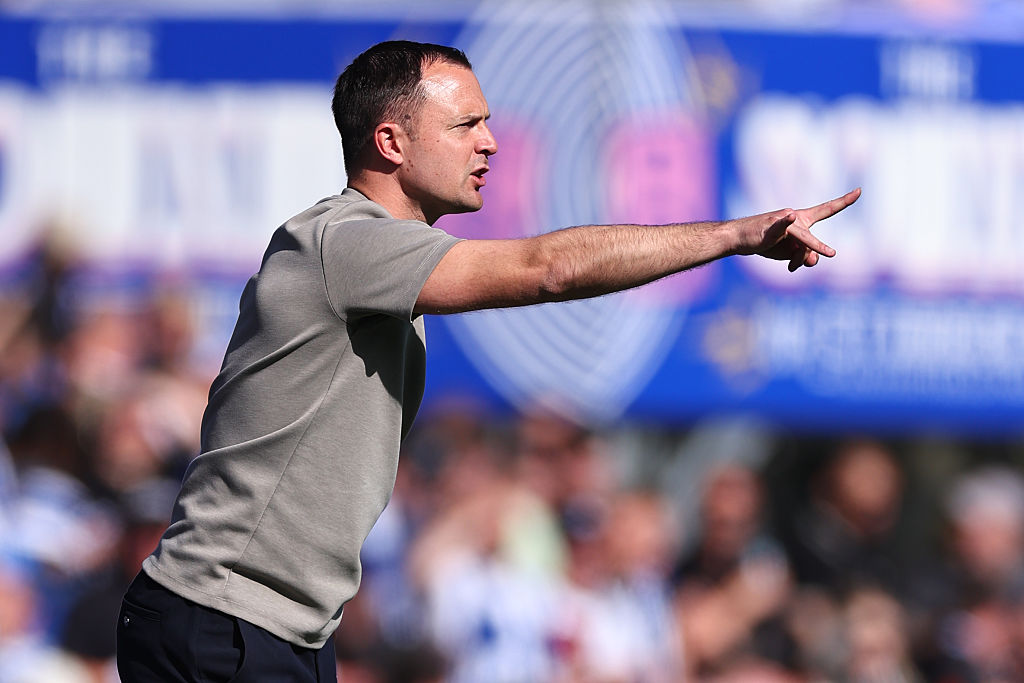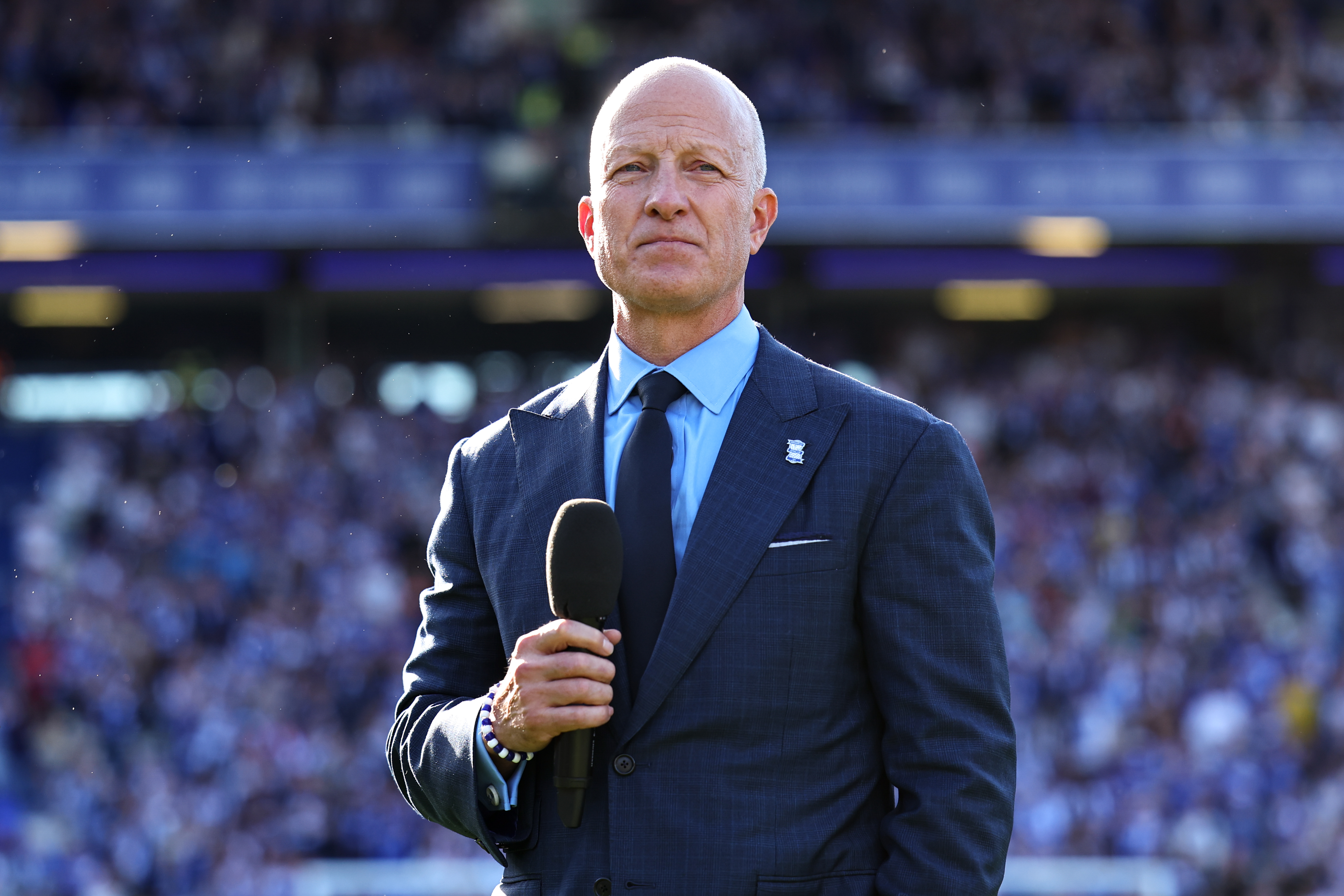
To a certain eye, the first match of the 2025/26 Championship season had it all.
Birmingham City hosted Ipswich Town in a Friday night meeting between one team promoted from League One and another relegated from the Premier League.
Both managers saw it as a test. For Chris Davies, his new-look Blues were up against the favourites for promotion. For Kieran McKenna, Ipswich faced a club riding the crest of a wave and ready to snap into the occasion.
Intensity is the secret sauce of English football but it can easily boil over

McKenna’s assessment was well founded; Birmingham were itching to get at it. Amped up and evidently aware of the power of taking the game to an undercooked Ipswich side, the Blues pressed hard and attacked aggressively.
The visitors met fire with fire. Ipswich tore into tackles and got into the faces of their opponents, taking every opportunity they could to slow the game down and draw its sting.

Both approaches succeeded up to a point. Birmingham can take some satisfaction from getting themselves in front in a difficult first game back in the second tier but McKenna’s plan noticeably lowered the temperature until Jay Stansfield volleyed in the rebound from Kyogo Furuhashi’s shot and St Andrew’s exploded again.
Ipswich’s equalising goal became a flashpoint that will be replayed for years. A controversial stoppage time penalty was awarded, scored by George Hirst, and ignited a warning to Birmingham co-owner Tom Wagner that harnessing and celebrating English football’s edge can leave a nasty cut.
The best features, fun and footballing quizzes, straight to your inbox every week.
What actually occurred behind the goal as players clashed will be defined by any proceedings that follow Ipswich’s official complaint but the unwelcome involvement of a Birmingham supporter was another serious breach at a club that could have done without it.
It was the extreme end of the very characteristics owners like Wagner – overseas investors who bring in celebrity clout and believe in the growth potential of social storytelling – buy into in the first place.

Football in England is laden with a history of associated violence. It’s rare that any sort of danger materialises but the intensity that is its kindling and catalyst is always there.
We like to separate it from the average supporter’s experience of the game because, for most of us, its influence on a matchday is negligible at worst.
But the sharp edges are what make football noisy and colourful and nerve-wracking and beautiful and awful. Few supporters are prone to physical violence but some of the constituent parts that make it happen can be more familiar than we like to admit.
This is the contradiction at the heart of club ownership with media-powered global ambitions.
Whether they recognise it or not, owners who see a route to growth through documentary coverage are acknowledging that English football’s proximity to ‘too far’ is the beginning, middle and end of its narrative appeal.
The makers of the Built in Birmingham: Brady & The Blues documentary knew the score on this front. Birmingham the city is portrayed not unaffectionately as a tough place. Birmingham City’s hooligan heritage isn’t hidden away and might have deserved more condemnation than it received.

These are the beats designed to capture the attention of television and streaming audiences and they work because of the implied threat of things getting out of hand. At its full extension, out in the real world, real problems can occur and real lines can be crossed.
Birmingham aren’t unique. Clubs rightly pay tribute to the passion of their supporters and absorb them into the collective bloodstream but they cannot control them to any meaningful degree.
But if a club allows the inclusion of a previous incident in a documentary and a similar thing happens in the very next game after its launch, the response of that club will rightly be subject to scrutiny.
Sometimes the stories that appeal aren’t all that appealing at all.
Chris is a Warwickshire-based freelance writer, Editor-in-Chief of AVillaFan.com, author of the High Protein Beef Paste football newsletter and owner of Aston Villa Review. He supports Northern Premier League Midlands Division club Coventry Sphinx.
You must confirm your public display name before commenting
Please logout and then login again, you will then be prompted to enter your display name.

